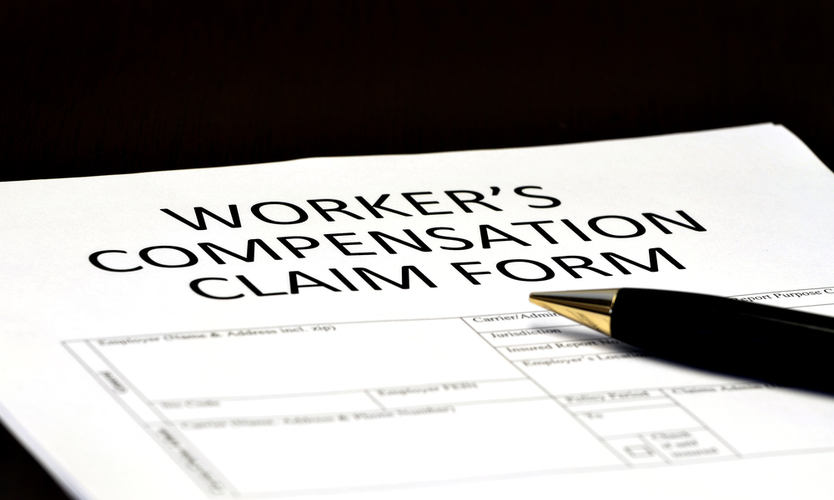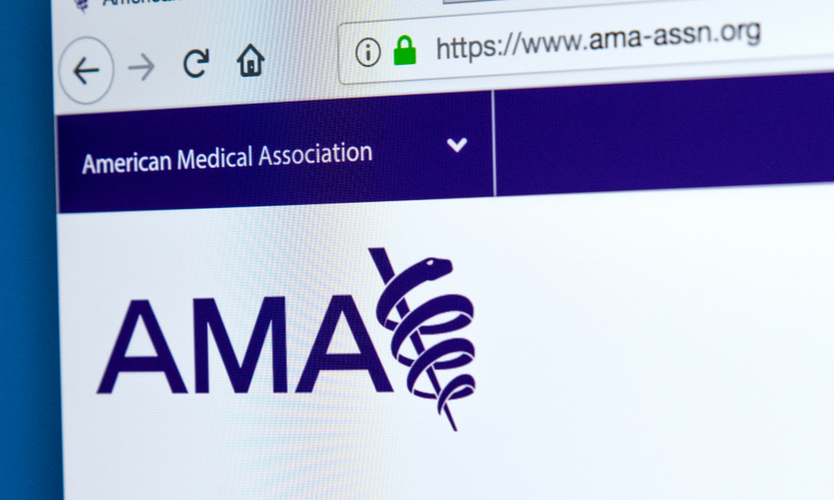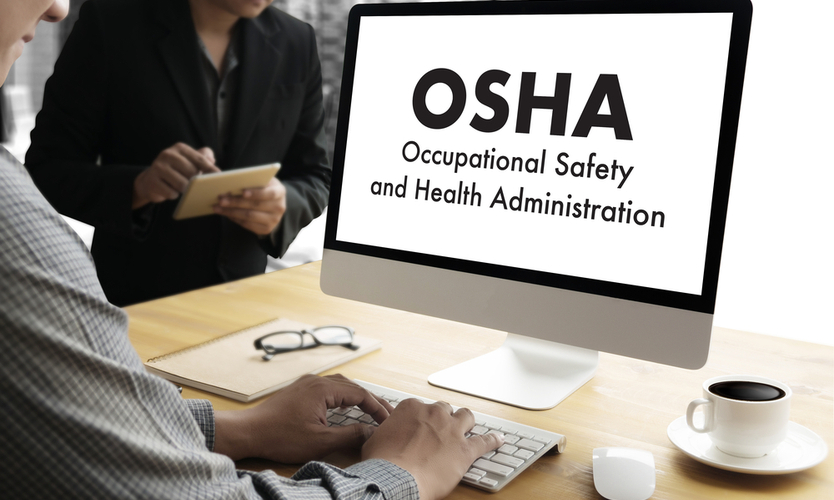The elimination of a metric for diagnosing mental disorders from the American Medical Association’s guide on disability ratings is a welcome change for those addressing workers compensation mental injury claims, experts say.
An analysis released Sept. 12 by the National Council on Compensation Insurance said the effects of changes made last year to the AMA’s guide are “uncertain” when it comes to diagnosing and determining disability. The Boca Raton, Florida-based ratings agency said that “the only significant content and methodology changes were for mental and behavioral disorders.”
The changes appear in the sixth edition of the guide, which had been last updated in 2008. The new version aligns with the “most current (guidelines) in medicine and provides a basis for fair and consistent evaluations and impairment ratings.”
Most states use the AMA guide by law to determine comp-related disability.
The overhaul was proposed by the American Psychiatric Association and the American Psychological Association to align with the “Diagnostic and Statistical Manual of Mental Disorders,” or the DSM, considered the authoritative guide to the diagnosis of mental disorders, according to the AMA.
The new guidelines, in both the DSM and the AMA guides, eliminated the Global Assessment of Functioning scale as a means of determining impairment.
The GAF provides a score between zero and 100 based on a person’s function — the higher the score the higher the function — and the ratings are grouped in tens. Experts say the GAF is too imprecise and creates confusion and conflict when determining disability.
“From a clinician perspective, the GAF was always problematic,” said Mark Debus, Chicago-based clinical manager of behavioral health with Sedgwick Claims Management Services Inc., adding that he expects little to no changes in comp claims as a result of its removal. “When they removed it the therapist community had a huge sigh of relief because it’s just kind of a silly score. To begin with, it’s extremely subjective.”
Les Kertay, a psychologist who helped draft the latest AMA guide and senior vice president of behavioral health with Axiom Medical in Chattanooga, Tennessee, said the GAF was removed from the DSM because it “had some significant reliability problems” and that “taking it out, especially because it was no longer in the DSM, made some sense. If it’s bad enough that the American Psychiatric Association doesn’t want to use it anymore then we probably shouldn’t use it.”
“You and I might have rated someone quite differently on the GAF,” he said, adding that the AMA still relies on other measures for diagnosis and disability determination for mental injuries.
As part of their research, Mr. Kertay and other medical professionals examined what disability ratings would be without the GAF measurement. There were few or no differences in diagnoses and ratings without the GAF, he said.
While most states require medical professionals to rely on the most recent AMA guide, California is holding on to the previous version, according to Ron Heredia, a psychologist and director and founder of Los Angeles-based Good Mood Legal, which specializes in reviewing psychology reports in insurance claims.
The GAF score is “another piece of information” for a claim and one of the reasons for the state’s adherence to the 5th AMA guide, he said.
Mr. Heredia agreed that the score’s subjectivity is a concern. When so-called “psych claims” are challenged, medical records are often found lacking in concrete details — such as what the injured worker is experiencing — and the GAF score leaves much out, he said.
“The GAF score is essentially the doctor picking a number zero to 100, and if they wanted to, they could very well just pick a number out of a hat and say that’s the GAF score,” Mr. Heredia said.
“And when challenged by either attorney or even a claims examiner about the GAF score that they assigned, all the doctor really has to do is say, ‘Well, I gave that score because it’s my clinical judgment.’ And they could just repeat that like a broken record. There’s really no rhyme or reason, or formula the doctor has to follow to come up with the GAF score.”









